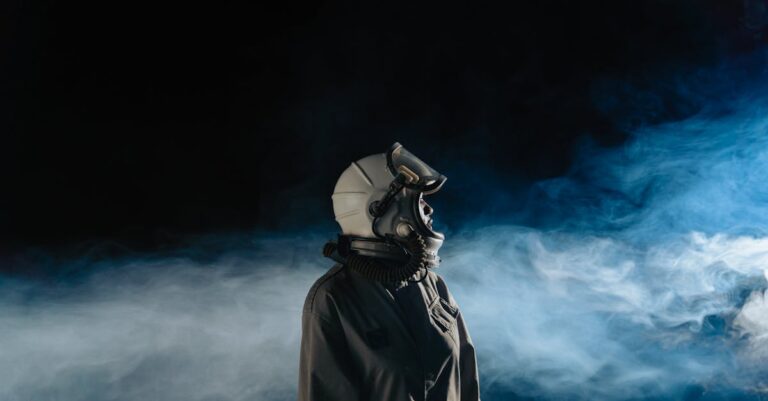
The air on Vespera-9 tasted metallic, like rusted iron and burnt ozone. Dr. Elara Voss adjusted her visor, squinting at the horizon where the twin suns cast long shadows over the crystalline plains. Her team’s shuttle had landed three days prior, its hull still humming with residual energy from the jump. Now, they were alone—except for the thing that watched them.
It began with the lights. At first, Elara thought it was a fault in the station’s power grid, a flicker in the emergency lamps that lined the underground complex. But the flashes grew rhythmic, pulsing in time with her heartbeat. She traced the source to the outer chamber, where the alien structure—recovered from the planet’s crust—emitted a faint glow. The material defied classification, shifting between solid and liquid, its surface rippling like oil on water.
“You see that?” asked Kael, the engineer, his voice tight. He stood at the observation window, hands gripping the frame. “It’s… breathing.”
Elara didn’t answer. She couldn’t. The structure had begun to respond to them, not with sound, but with a vibration that resonated in her bones. The air thickened, and for a moment, she thought she heard whispers—voices without words, like wind through hollow stone.
The team’s comms crackled. “We’ve got a problem,” said Mira, the biologist, her tone clipped. “The flora outside is… moving. Not just swaying. It’s *reaching*.”
Elara rushed to the exterior cameras, her boots crunching on the station’s metal floor. The landscape beyond the reinforced glass was a sea of bioluminescent tendrils, their tips glowing a sickly green. They coiled and uncoiled, as if testing the air, their movements deliberate. She turned to Kael. “What’s causing this?”
He shook his head. “I don’t know. The structure’s energy output has spiked. It’s not just reacting—it’s *inviting* them in.”
The next day, the station’s systems failed. Lights died. Air filtration sputtered. Elara and her team huddled in the command center, their faces lit by the flickering glow of the alien structure. The whispers grew louder, now layered with a low hum that vibrated through the walls.
“We need to shut it down,” said Rho, the security officer, his hand on his sidearm. “Before it’s too late.”
“And risk triggering something worse?” Elara countered. “We don’t even understand what we’re dealing with.”
The structure pulsed again, and this time, the station’s floor trembled. A deep groan echoed through the corridors, followed by a sudden silence. The bioluminescent tendrils outside froze, their glow dimming. Then, without warning, they surged forward, slithering toward the station like a tide of living shadows.
Elara grabbed Rho’s arm. “We have to go. Now.”
They ran through the corridors, the structure’s glow casting jagged shadows on the walls. The tendrils breached the outer hull, oozing into the vents and crawlspaces. Inside, the air turned thick, heavy with an acrid scent. Elara’s vision blurred, and she stumbled, catching herself on a console.
Kael was already at the main terminal, fingers flying over the keyboard. “I can’t access the shutdown protocol. It’s… overridden.”
Mira screamed. A tendril had slithered into the biology lab, wrapping around a containment unit. The glass shattered, and something inside moved—something huge, something alive.
Elara’s breath came in ragged gasps. The structure wasn’t just a relic; it was a gateway. A conduit. And they’d opened the door.
The final moments were a blur of chaos. The station’s alarms screamed, the walls cracked, and the alien tendrils flooded every corridor. Elara and her team fought their way to the shuttle, but the structure’s glow had spread, its light now a blinding white. It wasn’t an attack—it was an invitation.
As the shuttle lifted off, Elara glanced back at Vespera-9. The planet’s surface was alive, its crystalline plains pulsing in time with the structure’s rhythm. She didn’t know if they’d escaped or simply delayed the inevitable. But one thing was clear: the veil had been lifted, and the universe would never be the same.


